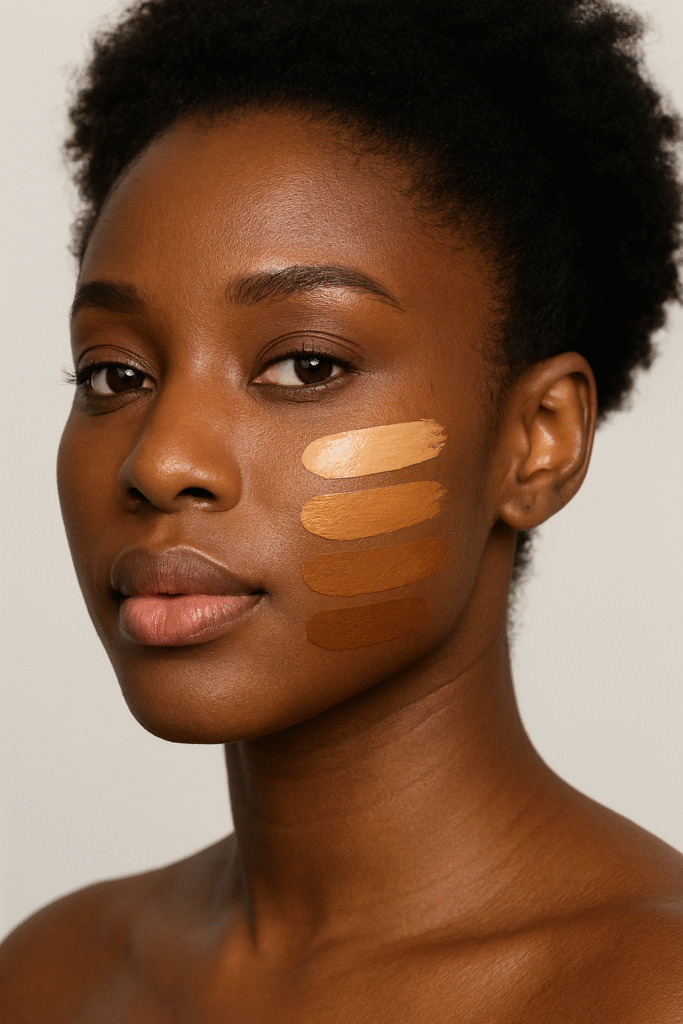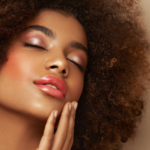The Struggle of Finding the Right Foundation Shade
As a brown skinned beauty who loves makeup, I’ve experienced the struggle of finding the perfect foundation shade. It’s a problem many of us encounter, no matter our skin color or background. When I started exploring makeup, I remember how tricky it was to figure out which foundation matched my skin tone.
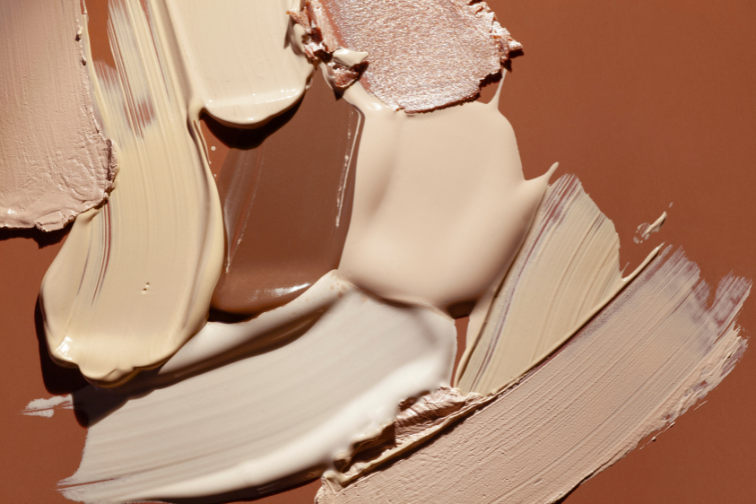
I would choose shades that were too light, ending up looking ghostly and mismatched with my neck – more like a walking mask woman! It took some trial and error before I learned the importance of matching foundation to my actual skin tone. Now, I know that finding the right shade can truly enhance your natural beauty, finesse your makeup look and make you feel confident.
In this article, we’ll explore the importance of understanding skin tones and undertones, the role of foundation in makeup, and how to choose the right shade for your skin. We’ll also discuss the common mistakes people make when selecting foundation and provide tips for finding the perfect match.
How to choose the right foundation shade
Skin tones and undertones help in choosing the right foundation shade. There are three main skin tones:
1. Fair: These skin tones are defined by pink or red undertones.
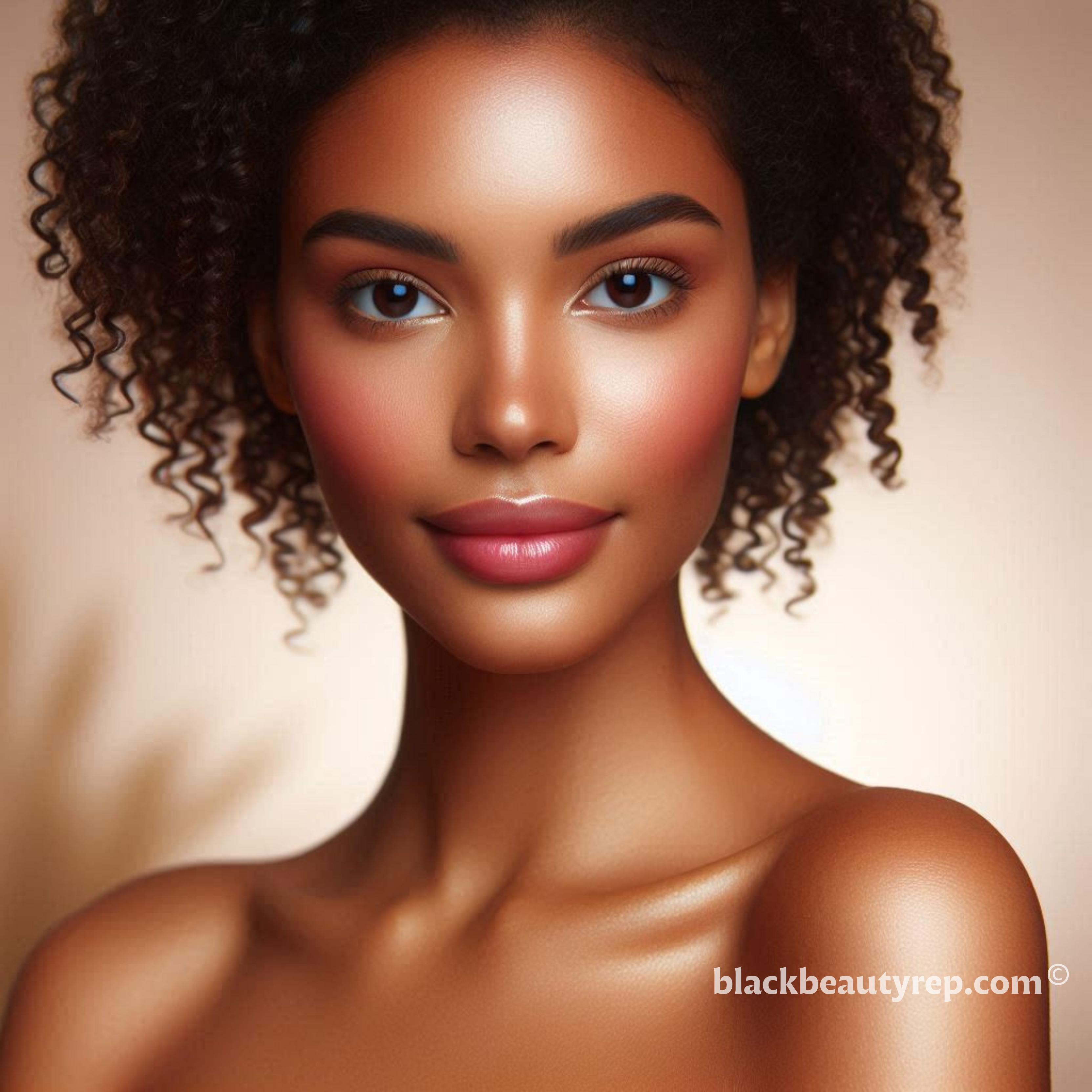
2. Medium: These skin tones have a mix of pink, yellow, and olive undertones.
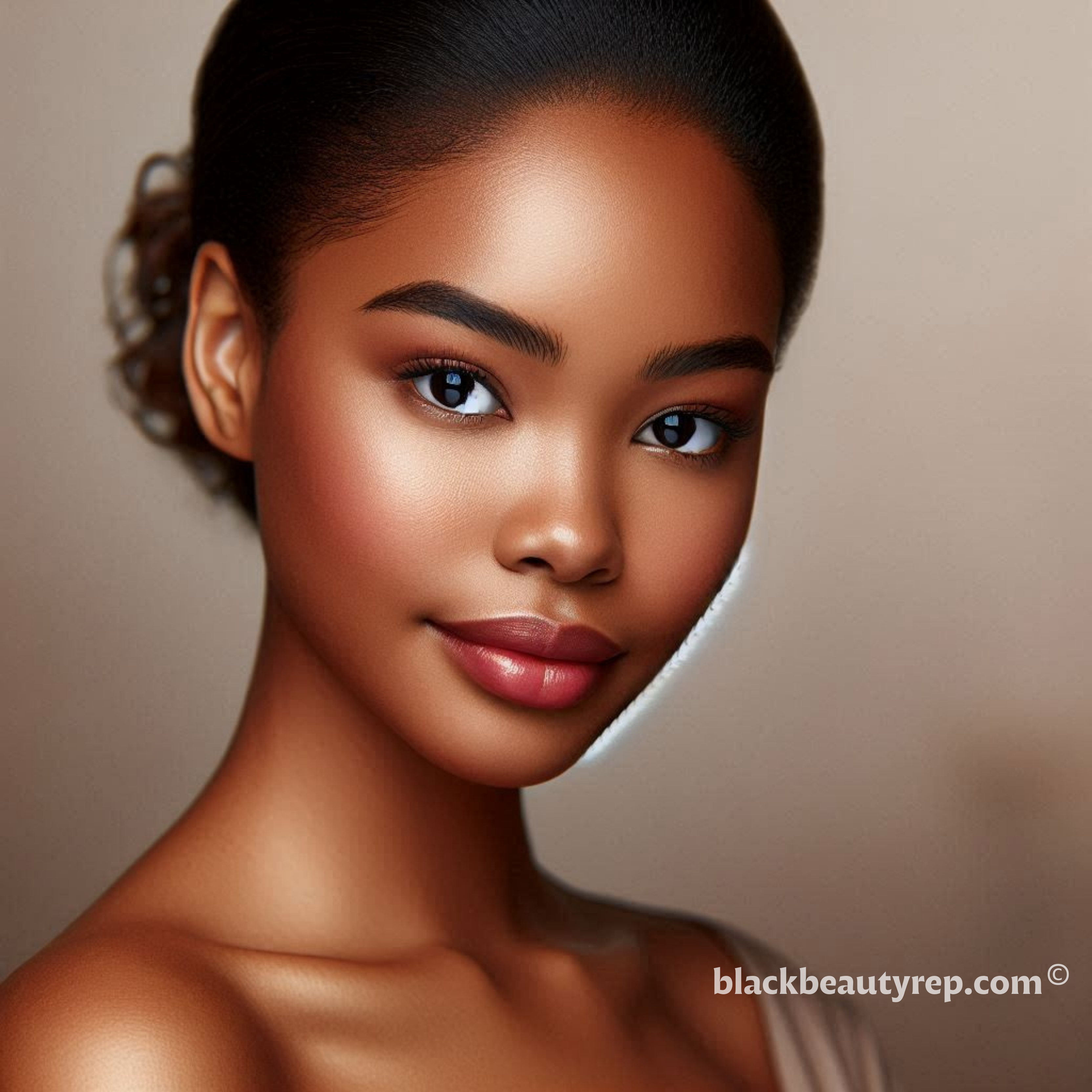
3. Dark: These skin tones have yellow or golden undertones.
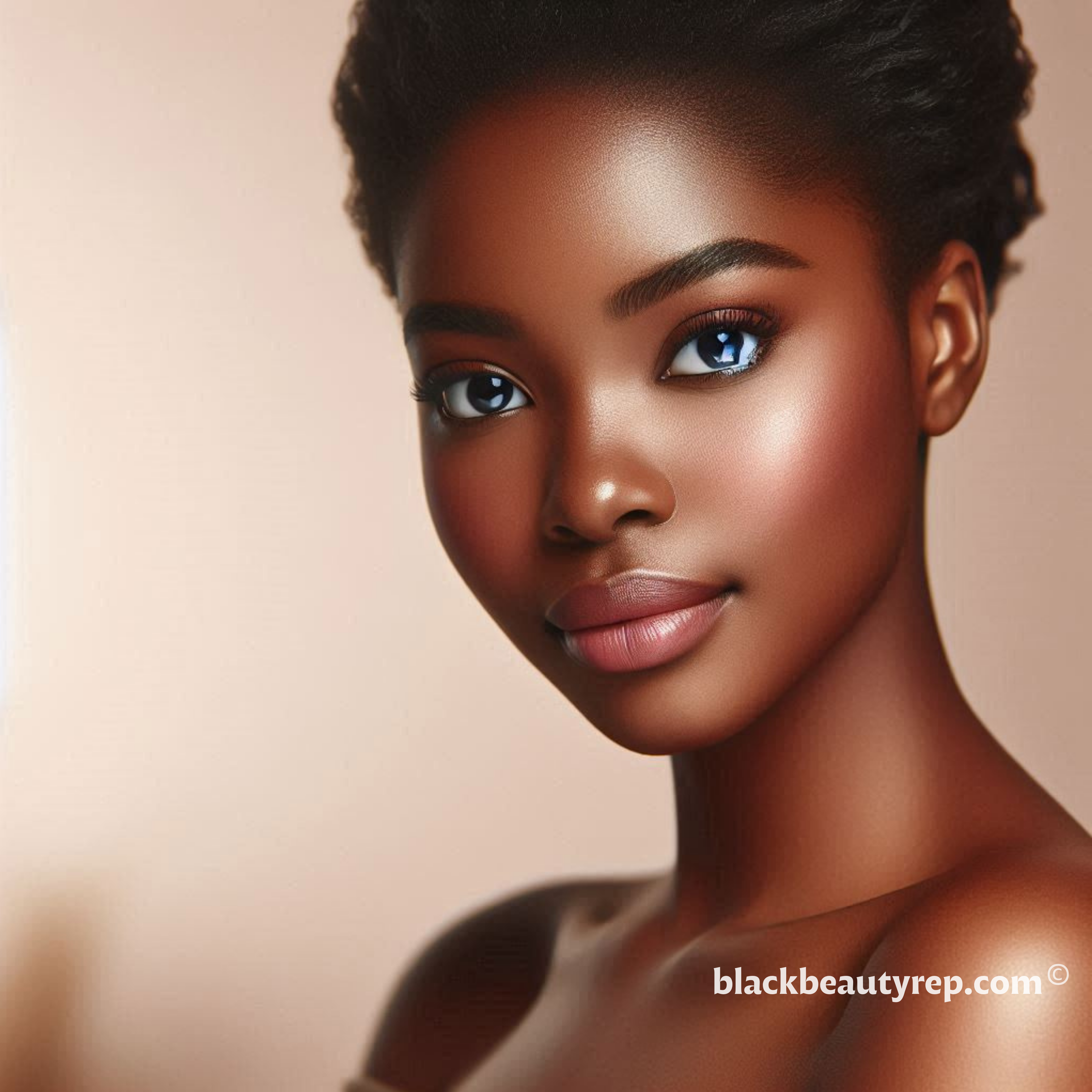
While understanding your skin tone is essential, it is also important to consider your skin’s undertones. There are three main undertones:
- Cool Undertones
- Have a pink, red, or blue hue.
- Veins appear bluish or purple under natural light.
- Silver jewelry often complements cool undertones better than gold.
- Warm Undertones
- Have a yellow, golden, or peach hue.
- Veins appear greenish under natural light.
- Gold jewelry tends to enhance warm undertones better than silver.
- Neutral Undertones
- A balanced mix of both cool and warm undertones.
- Veins may appear a mix of blue and green.
- Both gold and silver jewelry complement neutral undertones.
To determine your skin tone and undertone, you can use the vein test. Look at the veins on the inside of your wrist. If they appear blue or purple, you have cool undertones, green veins reflects on a warm undertones while blue and green, means you have neutral undertones.
The Role of Foundation in Makeup
Foundation is an important part of any makeup routine. It serves several purposes:
1. Evens out skin tone: Foundation helps to create a smooth and even complexion by covering up any blemishes, redness, or uneven skin tone.
2. Protects skin: Many foundations contain SPF, which helps protect your skin from the sun’s harmful UV rays.
3. Enhances features: Foundation can be used to accentuate or downplay certain features, such as contouring or highlighting.
However, if you choose the wrong foundation shade, it can have the opposite effect. A shade that’s too light can make you look ashy, while a shade that’s too dark can make you look like you’re wearing a mask.
Common Mistakes When Choosing Foundation
There are several common mistakes people make when choosing foundation shade:
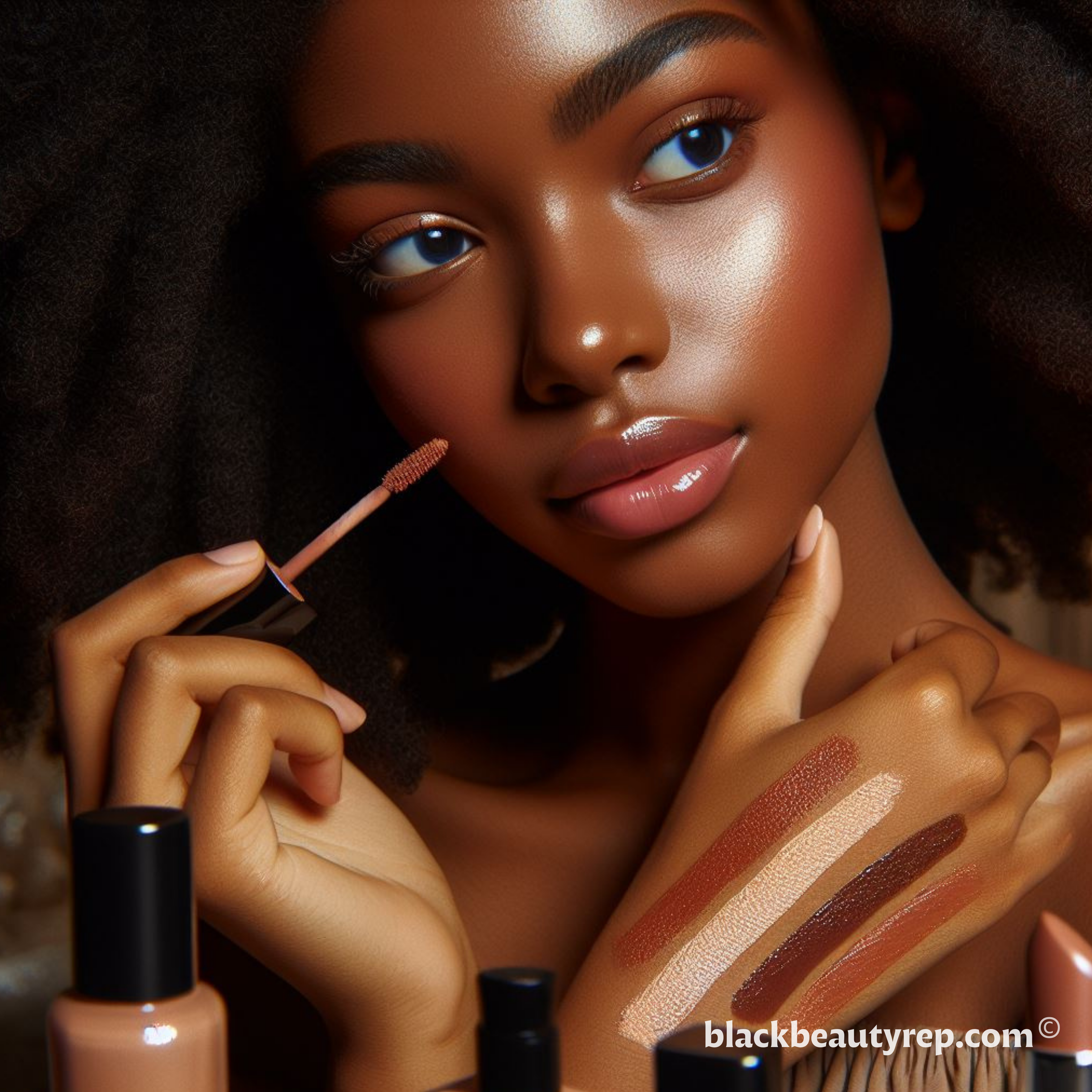
1. Not considering undertones: Most people tend to focus solely on skin tone and forget about undertones. This can lead to a mismatched foundation shade.
2. Testing foundation on the back of your hand: This is a common mistake because the skin on your hand may have a different undertone than your face.
3. Buying foundation online without testing: It’s essential to test foundation in person to ensure it matches your skin tone and undertone.
4. Buying the wrong foundation type: There are different types of foundations, such as liquid, powder, and cream. It’s essential to choose the right type for your skin type and desired coverage.
5. Assuming your shade: It is important to avoid assuming that your favorite influencer’s shade of foundation will automatically match your complexion. While you may share a similar skin tone, it is important to understand that the variations in undertones and skin types can effect change to how a foundation appears on different individuals. Therefore, it is advisable to refrain from purchasing their shade without conducting a swatch test to ensure a perfect match.
Tips for Choosing the Right Foundation Shade
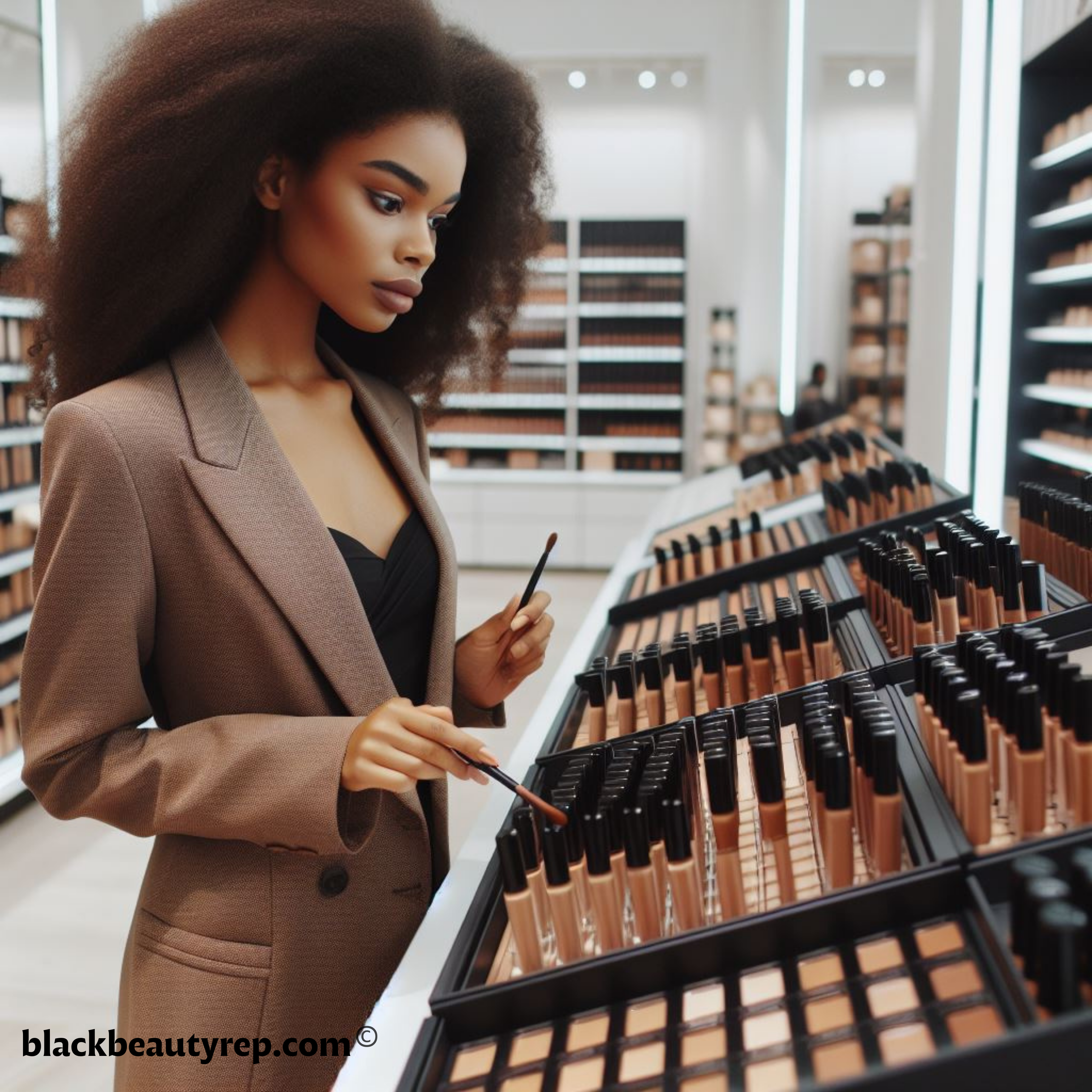
If you are curious about how to find foundation shade that is perfect for you, follow these tips:
1. Test foundation in natural light: The best way to see how a foundation shade will look on your skin is to swatch under good lighting preferable natural light.
2. Test foundation on your chest (and jawline):
Start by applying a small amount of foundation to your chest and blend it in — this gives the most accurate reflection of your overall skin tone and undertone. You can also test along the jawline to make sure the shade melts seamlessly into both your face and neck. If it blends into both areas without leaving a line, you’ve found your true match.
3. Virtual Foundation Try-On Tool: AI has made it easier to find the perfect foundation shade for your skin. You don’t need to go to a store and try on different shades. Instead, you can use a virtual try-on tool on your phone or computer to test foundation shades from the comfort of your own home. All you need to know is your skin’s undertone, which can be cool, warm, or neutral. The AI will help you find the right shade that matches your undertone, so you can look your best without leaving the house.
4. Consider your skin type: Different foundations work better for different skin types. For example, if you have oily skin, you may want to choose a matte foundation, while if you have dry skin, you may want to choose a water based foundation.
5. Consider the occasion: The occasion you’re wearing makeup for can also affect the foundation shade you choose. For example, you may want a lighter shade for everyday wear and a darker shade for a night out (anti-flash back hack).
Conclusion: Finding the Perfect Foundation Shade
Finding the perfect foundation shade can be challenging, especially if you are in the darker tone range but with the right knowledge and approach, it’s possible to achieve a flawless look. Good thing we have brands with a more inclusive range of foundation accommodating more dark skin tones.
Remember to consider your skin tone and undertone, test foundation in natural light, and choose the right type of foundation for your skin type and occasion. By following these tips, you can find a foundation that complements your skin and enhances your features.
For more information on understanding skin tones and undertones, check out this article from Healthline
Frequently Asked Questions – How to find the right foundation shade
Look at the veins on your wrist: green = warm undertone, blue or purple = cool undertone. If it’s a mix of both, you’re neutral.
Yes, some formulas get slightly darker once they react with air and skin oils—always wait a few minutes before choosing your exact shade.
For the most accurate match, test your foundation on your chest (not just the face or neck). The chest usually gives a better reflection of your true undertone and overall skin tone, especially for deeper skin tones. Once you find a shade that blends into your chest, it will melt seamlessly into both your face and neck.
Absolutely. Artificial store lighting can distort the shade, so it’s always best to step outside or use natural light when testing.

